The Quoll: An Overview
Quolls are carnivorous marsupials native to Australia, with the Spotted-tailed Quoll being the second largest after the Tasmanian Devil. These fascinating creatures, often described as Australia’s native cats, are characterized by a pointed snout, well-developed canines, and a hairy tail. Sadly, quoll populations have declined significantly, leading to their endangered status. Factors contributing to their decline include habitat loss, introduced predators like foxes and cats, and diseases.
Physical Characteristics and Species
Quolls are captivating creatures with a unique blend of feline and marsupial traits. Their physical characteristics reveal fascinating adaptations for their predatory lifestyle and diverse habitats.
Generally about the size of a small domestic cat, quolls are instantly recognizable by their slender bodies, pointed snouts, and distinctively spotted fur. Their coats, typically ranging from reddish-brown to dark brown, serve as effective camouflage in their natural environments. The most distinguishing feature, their white spots, provide excellent camouflage against the dappled light of their forest homes, aiding in ambushing prey.
Beyond their distinctive markings, quolls possess other key physical attributes that define them as efficient predators. Their sharp claws and strong limbs make them agile climbers, allowing them to pursue prey into trees and navigate their often-challenging terrain with ease. Their powerful jaws, armed with sharp teeth, are perfectly adapted for delivering a swift and fatal bite to their prey, which can include insects, birds, reptiles, and small mammals.
Australia is home to four distinct species of quolls, each adapted to thrive in specific environments:
- Tiger Quoll (Dasyurus maculatus): The largest of the quoll species, the Tiger Quoll is known for its distinctive white spots that extend to its tail. They are found in eastern Australia, primarily inhabiting rainforests and wet forests.
- Spotted-tailed Quoll (Dasyurus maculatus): Similar in appearance to the Tiger Quoll, the Spotted-tailed Quoll is distinguished by the white spots that continue onto its tail. They inhabit a wider range of habitats, including forests, woodlands, and heath, across eastern Australia.
- Western Quoll (Dasyurus geoffroii): Found in southwestern Australia, the Western Quoll boasts a rusty-brown coat adorned with white spots, though their tails lack spots. They favor woodlands and shrublands as their primary habitats.
- Northern Quoll (Dasyurus hallucatus): The smallest of the quoll species, the Northern Quoll is recognizable by its reddish-brown fur and white spots, but unlike its counterparts, its tail lacks spots. They primarily reside in rocky, open woodlands across northern Australia.
Despite their adaptations, all four quoll species face threats to their survival, primarily due to habitat loss and the introduction of invasive predators. Conservation efforts are crucial to ensure the continued existence of these fascinating and vital components of Australia’s unique ecosystem.
Habitat and Distribution
Quolls, with their diverse adaptations, occupy a range of habitats across Australia, highlighting their ecological flexibility. However, their distribution has drastically shrunk since European colonization, primarily due to habitat loss and the introduction of invasive species.
Historically, quolls ranged across mainland Australia and Tasmania. Today, their distribution is fragmented and significantly reduced. Each species demonstrates specific habitat preferences, influencing their current distribution:
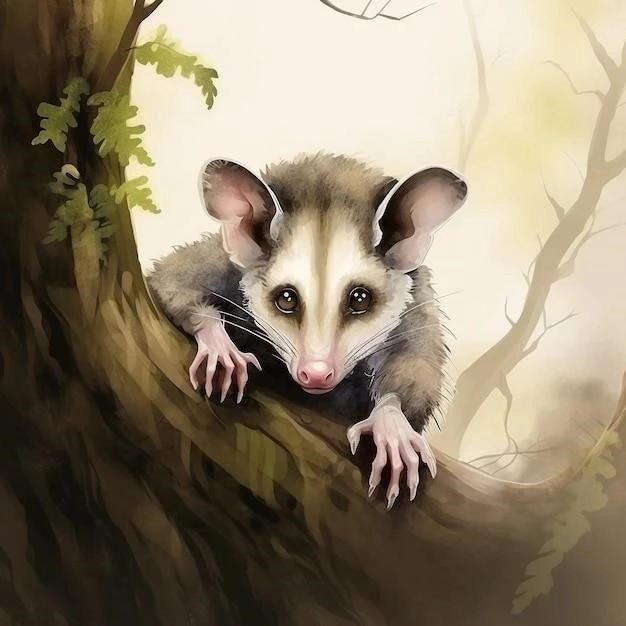
- Tiger Quolls: Preferring wetter environments, Tiger Quolls are found in pockets of rainforest and wet sclerophyll forest along Australia’s eastern coast, from southern Queensland to Tasmania. Tasmania remains a stronghold for the species.
- Spotted-tailed Quolls: Exhibiting a broader tolerance than their Tiger Quoll cousins, Spotted-tailed Quolls inhabit a variety of habitats, including wet and dry forests, woodlands, and coastal heath. Historically found along the eastern coast, from north-eastern Queensland to Tasmania, their mainland distribution is now fragmented and significantly reduced. Tasmania supports a healthier, yet still vulnerable, population.
- Western Quolls: Once widespread across southwestern Australia, Western Quolls now cling to fragmented populations in the southwestern tip of the continent. They favor woodlands, shrublands, and heath, often near watercourses.
- Northern Quolls: Occupying the northern reaches of the continent, Northern Quolls are found in scattered populations across northern Western Australia and the Northern Territory. They exhibit a preference for rocky outcrops, open woodlands, and riparian areas.
Habitat loss and fragmentation, driven by land clearing for agriculture, urban development, and mining, pose significant threats to all quoll species. This fragmentation isolates populations, making them more susceptible to local extinctions and hindering gene flow. Conservation efforts increasingly focus on protecting remaining habitat, restoring degraded landscapes, and mitigating threats to reconnect fragmented populations and ensure their long-term survival.
Diet and Hunting Behavior
Quolls, as opportunistic carnivores, play a crucial role in maintaining the delicate balance of their ecosystems. Their diet and hunting behaviors, adapted to their varied habitats and prey availability, showcase their adaptability and ecological significance.
With a diet as diverse as their habitats, quolls are opportunistic feeders, consuming a wide array of prey. Their diet commonly includes:
- Mammals: From small rodents to larger prey like bandicoots and possums, mammals form a significant portion of a quoll’s diet. Their powerful jaws and sharp teeth are well-suited for subduing and consuming such prey.
- Birds: Agile and stealthy, quolls are adept at capturing ground-dwelling birds and raiding nests for eggs and nestlings. Their climbing ability also allows them to pursue arboreal species.
- Reptiles: Lizards, snakes, and even frogs find themselves on the quoll’s menu. Their speed and agility allow them to ambush and overpower these often elusive creatures.
- Insects and Invertebrates: While larger prey items are preferred, quolls readily consume insects, spiders, and other invertebrates, particularly when larger prey is scarce.
- Carrion: Quolls are known to scavenge on carrion, playing a vital role in nutrient recycling within their ecosystems.
Primarily nocturnal hunters, quolls rely on their keen senses to locate prey in the darkness. Their exceptional night vision, acute hearing, and a well-developed sense of smell allow them to detect movement and pinpoint prey with remarkable precision. They are solitary hunters, relying on stealth and agility to ambush their victims.
Quolls typically employ a swift and decisive hunting strategy, delivering a fatal bite to the back of the head or neck to quickly incapacitate their prey. Their agility allows them to pursue prey through dense undergrowth, up trees, and even into burrows, making them highly efficient and adaptable predators.
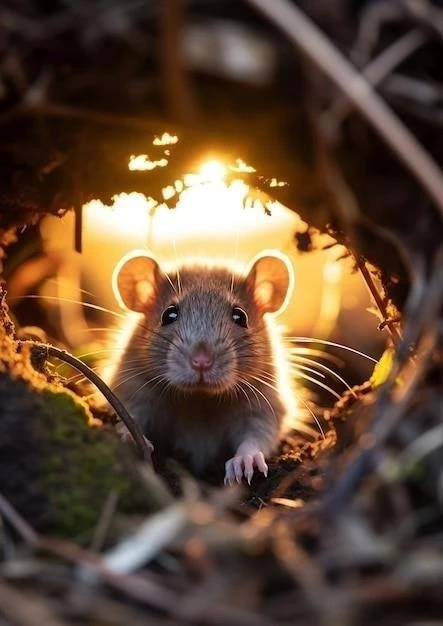
Threats to Quoll Survival
Quolls face a multitude of threats, pushing them towards a precarious existence. Habitat loss and fragmentation, driven by human activities, stand as primary drivers of their decline, isolating populations and reducing available resources. The introduction of invasive predators, such as foxes and cats, has further decimated quoll populations through direct predation and competition for resources.
Habitat Loss and Fragmentation
Habitat loss and fragmentation represent the most pressing threats to quoll survival across Australia. As human activities expand, quoll populations are increasingly confined to shrinking and isolated pockets of suitable habitat, jeopardizing their long-term viability.
The primary drivers of habitat loss and fragmentation include:
- Land Clearing for Agriculture: Vast swaths of native vegetation have been cleared for agriculture, particularly for livestock grazing and crop production. This practice removes vital habitat for quolls, including foraging areas, denning sites, and dispersal corridors.
- Urban Development: As urban areas expand, they encroach upon and fragment quoll habitat, leaving populations isolated and vulnerable. Roads, housing developments, and other infrastructure create barriers to movement, limit access to resources, and increase the risk of vehicle collisions.
- Mining Activities: Mining operations, often located in remote areas with significant quoll populations, can cause extensive habitat destruction and fragmentation. The clearing of land for mines, access roads, and infrastructure displaces quolls and disrupts their natural movement patterns.
- Inappropriate Fire Regimes: Alterations to natural fire regimes, including increased fire frequency and intensity, can negatively impact quoll habitat. Frequent fires can suppress the regeneration of native vegetation, reducing the availability of suitable shelter and prey for quolls.
Habitat fragmentation exacerbates the challenges faced by quolls, leading to:
- Isolation and Reduced Genetic Diversity: Fragmentation isolates populations, reducing gene flow and increasing the risk of inbreeding. This can lower reproductive success and make populations more susceptible to disease and environmental changes.
- Increased Predation Risk: Smaller, isolated populations are more vulnerable to predation by introduced species like foxes and cats. Fragmentation can also create ‘edge effects,’ where predator densities are higher along the edges of habitat patches, further increasing predation risk for quolls.
- Limited Resources: As habitat shrinks, resources like food, shelter, and denning sites become scarcer. This can lead to increased competition between individuals and make it more challenging for quolls to successfully raise young.
Introduced Predators
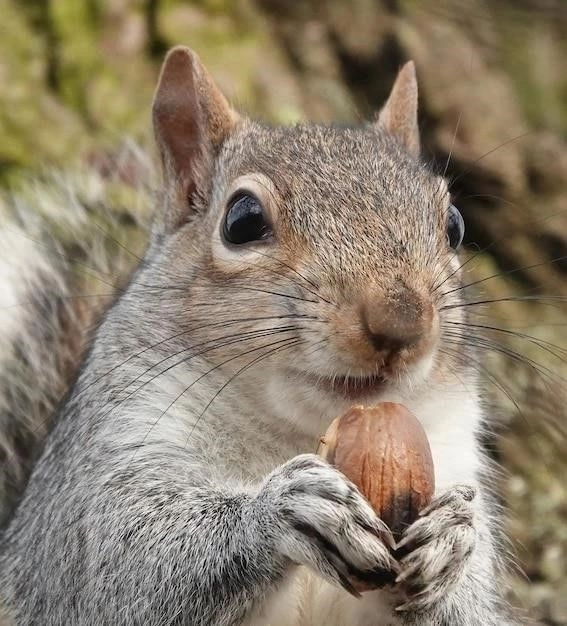
The introduction of non-native predators to Australia has had a catastrophic impact on native wildlife, with quolls being particularly vulnerable to this threat. Lacking evolutionary adaptations to cope with these novel predators, quolls have experienced significant population declines due to direct predation and increased competition for resources.
The primary introduced predators posing threats to quolls include:
- Feral Cats (Felis catus): Widely distributed and highly adaptable, feral cats are formidable hunters, preying on a wide range of native animals, including quolls. Their size and hunting prowess give them an advantage over quolls, particularly in fragmented landscapes where quolls have limited escape options.
- Red Foxes (Vulpes vulpes): Introduced for recreational hunting, red foxes have spread across much of mainland Australia, significantly impacting native fauna. Larger than quolls, foxes are opportunistic omnivores, preying on quolls directly and competing with them for food sources like small mammals and birds.
- Wild Dogs (Canis lupus familiaris): While less widespread than feral cats and foxes, wild dogs, often hybrids of domestic dogs and dingoes, can have devastating impacts on quoll populations within their range. Their pack hunting behavior and larger size make them highly efficient predators of quolls.
The impacts of introduced predators on quolls are multifaceted:
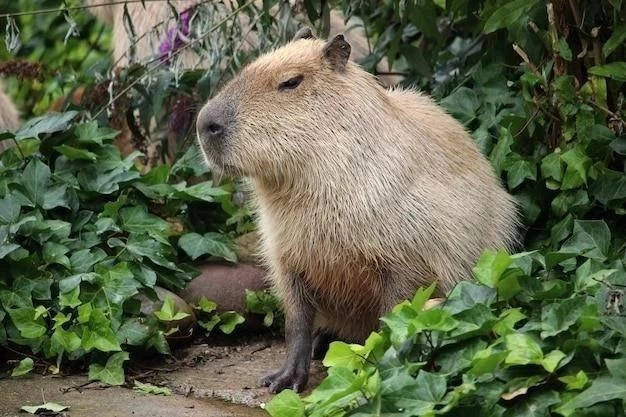
- Direct Predation: Feral cats, foxes, and wild dogs all prey on quolls, leading to direct mortality and population decline. Studies have shown that predation by introduced predators is a significant cause of mortality for quolls, particularly in areas with high predator densities.
- Competition for Resources: Introduced predators compete with quolls for essential resources, such as food and shelter. This competition can reduce quoll survival and reproductive success, further contributing to population decline.
- Disease Transmission: Introduced predators can carry and transmit diseases to which quolls may have limited immunity. Disease outbreaks can further decimate already vulnerable quoll populations.
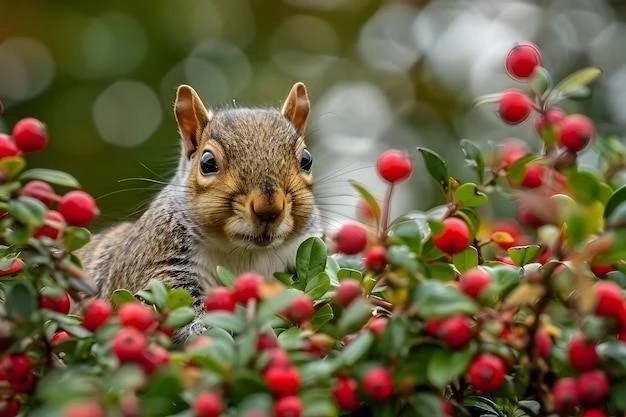
Managing the impacts of introduced predators is crucial for quoll conservation. Efforts include controlling predator populations through trapping and baiting programs, protecting quoll habitat from predator incursion, and restoring degraded landscapes to improve prey availability for quolls.
Other Threats
While habitat loss and introduced predators pose the most significant threats to quolls, a range of other factors contribute to their precarious conservation status. Addressing these multifaceted threats is crucial to ensuring the long-term survival of these ecologically important marsupials.
Key threats beyond habitat loss and introduced predators include:
- Road Mortality: Quolls often fall victim to vehicle collisions, particularly when crossing roads fragmenting their habitat or searching for food and mates. Road mortality can significantly impact local populations, especially in areas with high traffic volumes.
- Poisoning: Quolls are susceptible to poisoning from baits intended for other animals, such as rabbits, foxes, and wild dogs. Accidental poisoning can have devastating impacts on quoll populations, particularly if control programs are not carefully managed to minimize non-target impacts.
- Disease: Quolls are vulnerable to diseases, both introduced and those naturally occurring in their environments. Disease outbreaks, exacerbated by factors like stress from habitat loss and reduced genetic diversity, can decimate populations.
- Climate Change: The impacts of climate change, including increased frequency and intensity of extreme weather events like droughts and wildfires, are likely to exacerbate existing threats to quolls. Changes in rainfall patterns and temperature can alter habitat suitability, prey availability, and disease dynamics, further stressing populations.
- Lack of Awareness and Appreciation: Public awareness and understanding of quolls and the threats they face remain limited. This lack of awareness can hinder conservation efforts, as community support is essential for implementing effective management strategies.
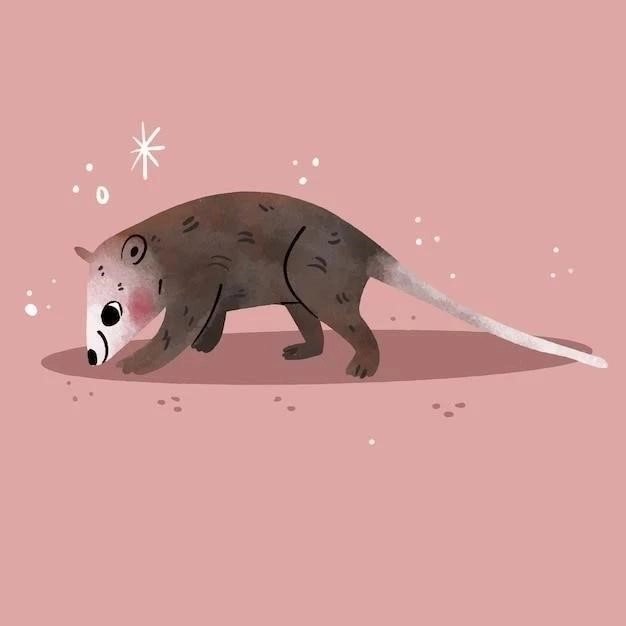
Addressing these threats requires a multifaceted approach, encompassing:
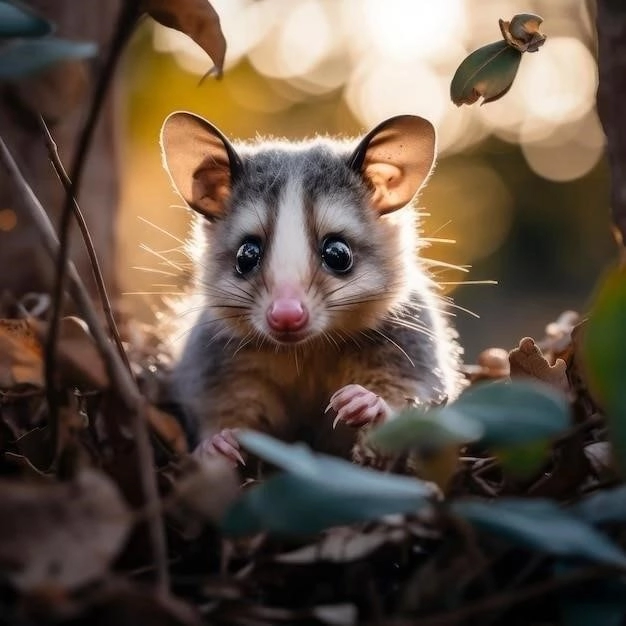
- Mitigation of Road Impacts: Implementing measures like wildlife corridors, fencing, and speed reduction zones in areas with high quoll densities can reduce road mortality risks.
- Responsible Pest Control: Implementing targeted and strategic pest control programs that minimize non-target impacts, such as using bait stations inaccessible to quolls, can reduce poisoning risks.
- Disease Monitoring and Research: Enhanced monitoring for disease outbreaks in quoll populations, coupled with research into disease ecology and management strategies, is essential for mitigating disease threats.
- Climate Change Adaptation: Integrating climate change adaptation strategies into quoll conservation plans, such as identifying and protecting climate refugia – areas likely to remain suitable for quolls under future climate scenarios – is crucial.
- Community Engagement and Education: Raising public awareness about quolls, the threats they face, and the importance of their conservation is vital for garnering support for conservation efforts.










